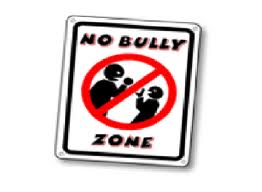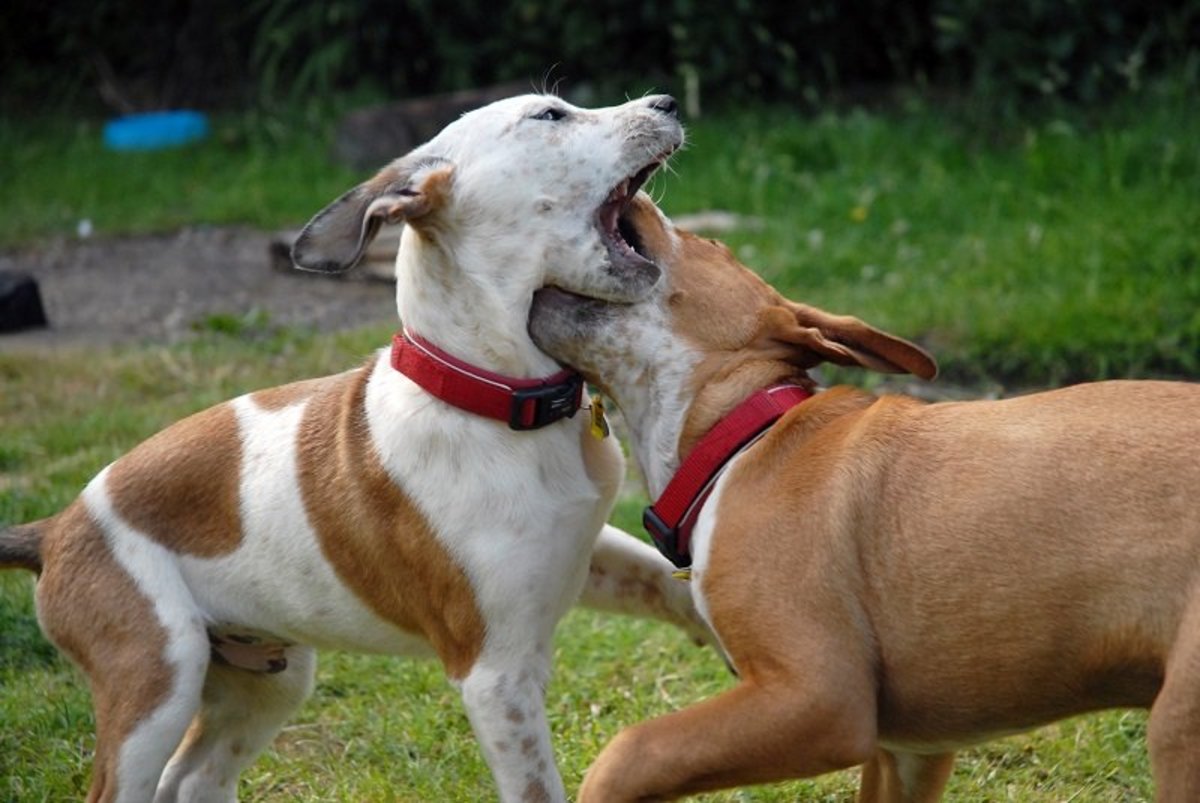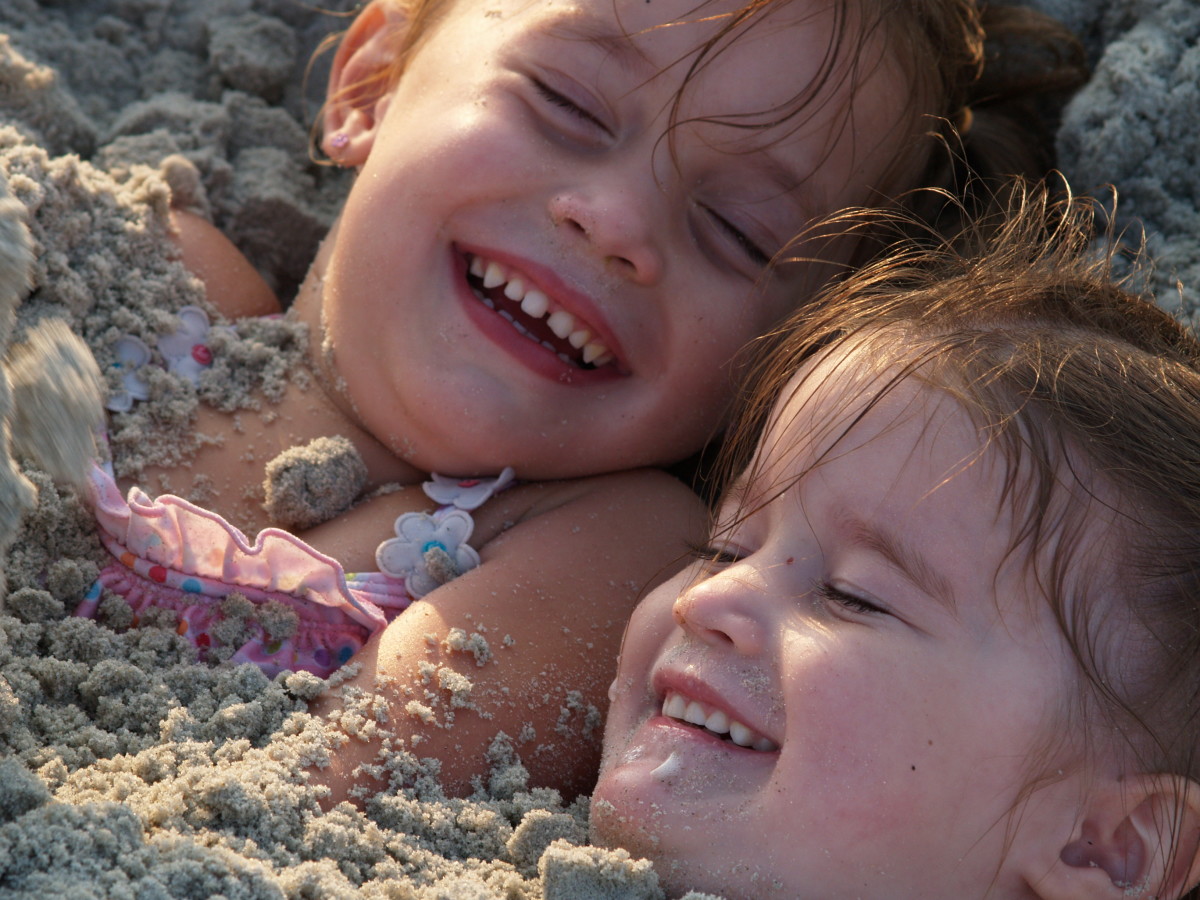How to Stop Bullying Behavior in Your Child
Every time the phone rings or you receive an email from the school, your heart skips a beat for just a second. Has there been an accident and your child is hurt? Is your child running a high fever? Dozens of scenarios might run through your head, but what no parent expects to hear is that your child is being accused of bullying. That’s your baby. Certainly he isn’t the bully. The fact is no parent thinks their child is the bully, but every bully has a parent. When it is your child that is the bully what do you do?
If you suspect your child is a bully, or has been accused of bullying, it is important to take notice. If it is true, you want to stop the problem before it gets worse. Bullying isn’t the normal conflicts of childhood. Bullying is done with intent to harm someone else. Bullies want to hurt and dominate someone else. Bullying can take place anywhere, including in cyber space. It can physical, emotional/social (most common with girls), or verbal.
The bullying child does not need to be the bigger or stronger person; there is simply an imbalance of power between the person doing the bullying and the target of the bully. Bullies do come in all shapes and sizes from every background imaginable. Most bullies do tend to share certain traits:
- be quick to blame others and unwilling to accept responsibility for their actions
- lack empathy, compassion, and understanding for others’ feelings
- be bullied themselves
- have immature social and interpersonal skills
- want to be in control
- be frustrated and anxious
- come from families where parents or siblings bully
- find themselves trying to fit in with a peer group that encourages bullying
- have parents who are unable to set limits, are inconsistent with discipline, do not provide supervision, or do not take an interest in their child’s life.

The good news is if your child is the bully, there are things you can do to help teach him/her not to bully others. Kids are not born bullies; they can be taught not to bully and to reverse bullying behavior. Take the following actions when your child might be a bully:
Talk to your child
This should be your number one course of action. This lets your child know there is a potential problem. It can also determine the reason for the behavior. Ask your child questions on why they have the behaviors. Do not allow your child to say “Because he/she...” Make your child own the bullying behavior; stop your child every time they do not start the sentence with “I...” There should be no transference of blame by either you or your child. Be sure to listen to your child. Talk with your child, not at them.
This is also the time to confirm the actions are bullying. Special needs children do bully other children; however, sometimes behavior issues can be mistaken for bullying behavior. What needs to examined is intent. For example, a child with Sensory Processing Disorder might not have the physical skills necessary to not touch too hard when playing tag. They weren’t shoving, but unable to realize when they are being roughed. Additionally, a child with autism does not have the social skills to recognize inappropriate behaviors. You will need to work on and fix the behavior mistaken for bullying with your special needs child, but the intent will determine how you work with bullying. If your child is bullying other children, you can talk to the school about working into his/her IEP (Individualized Education Plan) a bully prevention program.
Set clear expectations
Let your child know that bullying behavior is unacceptable under any circumstances. If your child exhibits any bullying behavior, take immediate actions. Address in advance what will happen when your child bullies another child. The consequences for bullying need to clear and you must be consistent on following through with them. Whatever consequences you choose, they should be meaningful to your child. While taking away privileges will work for a short-term consequence, it is important to recognize that you need to take further steps for a long-term turn-a-round to prevent further bullying behavior.
Be involved in your child’s life
Know who your child’s friends are. Be present at school events and volunteer whenever possible. If necessary, take a vacation day once or twice a school year to help out with events. Parents who volunteer at schools know a lot of what is going on they might not otherwise and it shows their children that they care. Monitor your child’s activities. Turn off violent TV shows and take away violent video games. Do not go see violent movies.
Teach empathy, respect and compassion
Children who bully frequently lack an understanding of other people’s feelings. They are unaware how their actions affect others. Try to understand your child’s feelings in order to let your child know that we need to respect everyone’s feelings. Help to teach your child how others might feel when bullied. You might want to take the time to read books about bullying; there are books for every age level about bullying.
Set an example
It is important that the whole family practice non-violent/non-bullying behavior. Encourage cooperative and non-competitive play. You need to model different types of conflict resolution and various ways to deal with frustration and anger. Children learn by observation much more than they do by lecture.
Role play
Work through different situations that your child might be facing. This will give him/her the chance to practice using a different behavior other than bullying. Take turns practicing being a bully and the bullied child to help teach what is like to be the victimized child.
Provide Positive feedback
It is frequently recognized by child psychologists that negative attention is better than no attention. Make sure you are giving your child plenty of recognition when he/she behaves in a positive manner. Do not allow your child to possibly use bullying behavior as an attention-getting tactic.
Also, make sure you are giving rewards for proper conflict resolution, being compassionate towards others, and dealing with feelings in a positive way. These do not need to be tangible awards, but love and praise. Positive reinforcement goes further to changing behavior than punishment.
Building self-esteem can help end the bullying behavior. When people feel good about themselves, they tend to be friendly, happy well-adjusted people. This is a major step to preventing bullying behavior.
Seek help
The faculty and staff at your child’s school, a psychologist, your child’s doctor, or a social worker can be invaluable resources in helping you prevent bullying behavior. These professionals can help get your child into a bully prevention program and work with your child on non-bullying techniques. They can help your child understand their behavior. No one wins when someone is a bully.
Be realistic
Nobody changes overnight. Be patient as your child learns new behaviors. Make sure your child knows that you support them and are here to help him/her. Be sure your child knows that you love them; it’s the behavior that you don’t like. Don’t call your child a “bully,” always talk about the “bullying behavior.”









